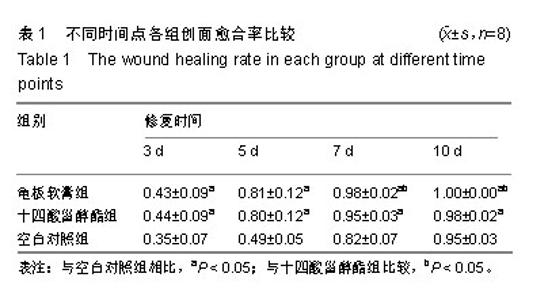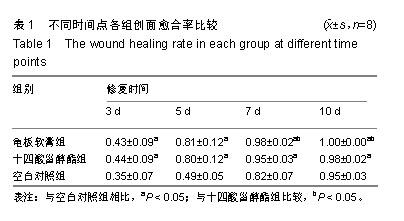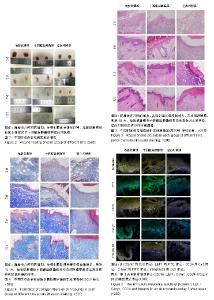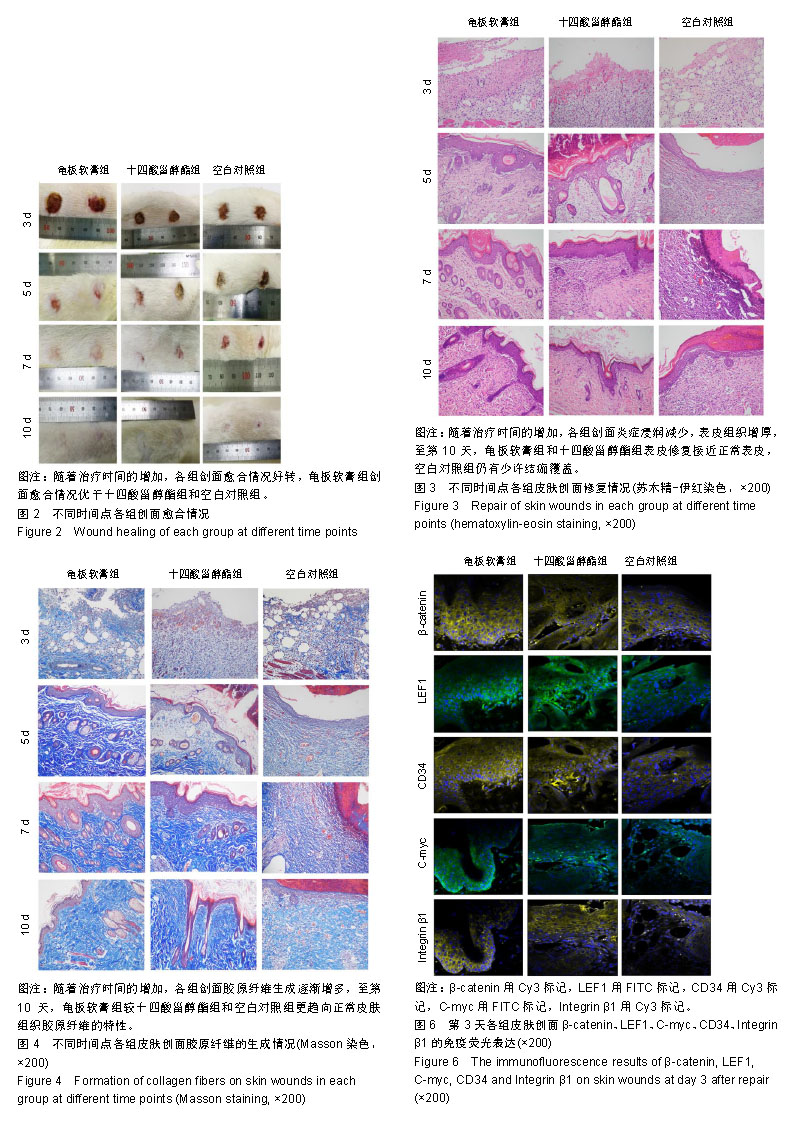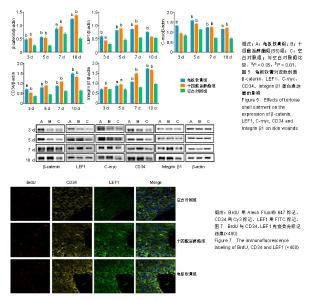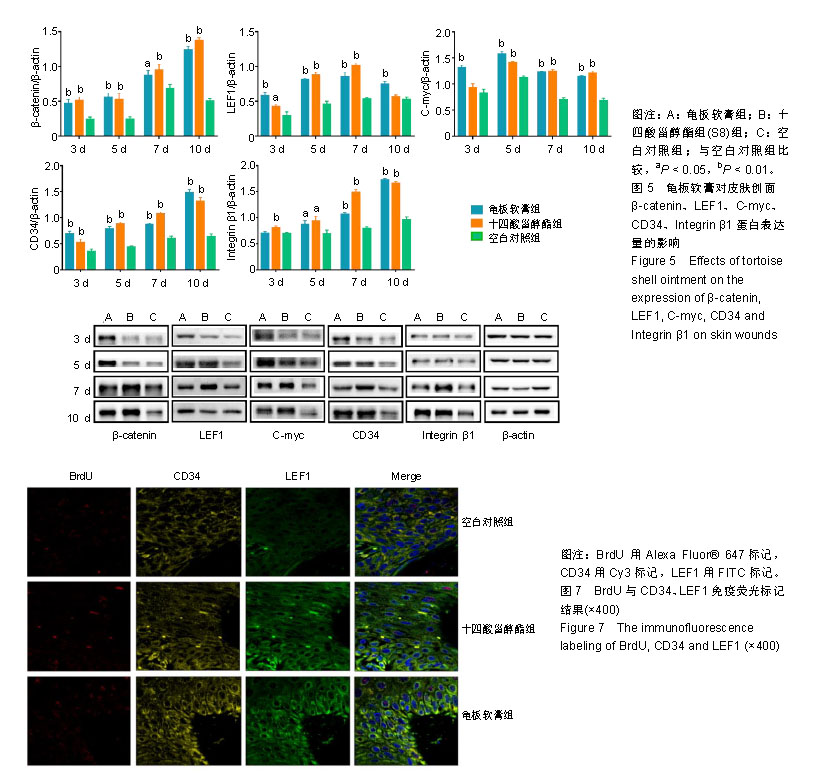| [1]Li J, Zheng H, Wang J, et al. Expression of Kruppel-like factor KLF4 in mousehair follicle stem cells contributes to cutaneous wound healing. PLoS One. 2012;7(6): e39663.[2]Pineda CM, Park S, Mesa KR, et al. Intravital imaging of hair follicle regeneration in the mouse. Nat Protoc. 2015;10(7): 1116-1130.[3]Si Y, Bai J, Wu J, et al. LncRNA PlncRNA 1 regulates proliferation and differentiation of hair follicle stem cells through TGF β1 mediated Wnt/β catenin signal pathway. Mol Med Rep. 2018;17(1):1191-1197. [4]Du KT, Deng JQ, He XG, et al. MiR-214 Regulates the Human Hair Follicle Stem Cell Proliferation and Differentiation by Targeting EZH2 and Wnt/β-Catenin Signaling Way In Vitro. Tissue Eng Regen Med. 2018;15(3):341-350. [5]Lim X, Nusse R.Wnt signaling in skin development, homeostasis, and disease.Cold Spring Harb Perspect Biol. 2013;5(2). pii: a008029. doi: 10.1101/cshperspect.a008029.[6]Nowak JA, Polak L, Pasolli HA, et al. Hair Follicle Stem Cells Are Specified and Function in Early Skin Morphogenesis. Cell Stem Cell. 2008;3(1):33.[7]Chen DF, Du SH, Zhang HL, et al. Autocrine BMP4 signaling involves effect of cholesterol myristate on proliferation of mesenchymal stem cells. Steroids. 2009;74(13-14): 1066-1072.[8]李瑜,魏刚,唐铱,等.十四酸甾醇酯调控Wnt/β-catenin信号通路促皮肤创面修复的研究[J].中药新药与临床药理, 2018,29(3): 302-306.[9]Wang K, Feng X, Chai L, et al. The metabolism of berberine and its contribution to the pharmacological effects. Drug Metab Rev. 2017;49(2):139-157. [10]Chen J, Su JY, Li L, et al. A new source of natural d-borneol and its characteristic. J Med Plants Res. 2011;5(15): 3440-3447.[11]唐铱,李春,黎湘君,等.龟板提取物激活Wnt/β-catenin通路促大鼠触须部皮肤创面修复[J].中药新药与临床药理, 2017,28(3): 298-303.[12]Ramírez E, Mendieta L, Flores G, et al. Neurogenesis and morphological-neural alterations closely related to amyloid β-peptide (25-35)-induced memory impairment in male rats. Neuropeptides. 2018;67:9-19. [13]J Martin Wojtowicz, Nohjin Kee. BrdU assay for neurogenesis in rodents. Nat Protoc. 2006;1(3):1399-1405.[14]杨鸣华,刘祎,孔令义.基于中药有效单体成分的新药研究[J].世界科学技术-中医药现代化,2016,18(3):329-336.[15]Das U, Behera SS, Pramanik K. Ethno-Herbal-Medico in Wound Repair: An Incisive Review. Phytother Res. 2017; 31(4):579-590.[16]Chen G, Xu Y, Jing J, et al. The anti-sepsis activity of the components of Huanglian Jiedu Decoction with high lipid A-binding affinity. Int Immunopharmacol. 2017;46:87-96.[17]Ruan H, Zhan YY, Hou J,et al. Berberine binds RXRαto suppressβ-catenin signaling in colon cancer cells. Oncogene. 2017;36(50):6906-6918. [18]Lin YH, Lin JH, Chou SC, et al. Berberine-loaded targeted nanoparticles as specific Helicobacter pylori eradication therapy: in vitro and in vivo study. Nanomedicine (Lond). 2015;10: 57-71.[19]Pietra D, Borghini A, Bianucci AM. In vitro studies of antifibrotic and cytoprotective effects elicited by proto-berberine alkaloids in human dermal fibroblasts. Pharmacol Rep. 2015;67(6):1081-1089. [20]Bao J, Yang B, Sun Y, et al. A berberine-loaded electrospun poly-(epsilon-caprolactone) nanofibrous membrane with hemostatic potential and antimicrobial property for wound dressing. J Biomed Nanotechnol. 2013;9(7):1173-1180.[21]Wang S, Zhang D, Hu JS, et al. A clinical and mechanistic study of topical borneol-induced analgesia. EMBO Molecular Medicine. 2017; 9(6):802-815.[22]Zhou Y, Li W, Chen L, et al. Enhancement of intestinal absorption of akebia saponind by borneol andprobenecid in situ and in vitro. Environ.Toxicol.harmacol. 2010;29(3): 229-234.[23]Zhang QL, Fu BM, Zhang ZJ. Borneol, a novel agent that improves central nervous system drug delivery by enhancing blood-brain barrier permeability. Drug Deliv. 2017;24(1): 1037-1044.[24]Mikesh LM, Aramadhaka LR, Moskaluk C,et al. Proteomic anatomy of human skin. J Proteomics. 2013;84:190-200. [25]Leavitt T, Hu MS, Marshall CD, et al. Scarless wound healing: finding the right cells and signals. Cell Tissue Res.2016; 365(3):483-493.[26]Gao C, Xiao G, Hu J. Regulation of Wnt/β-catenin signaling by posttranslational modifications.Cell Biosci. 2014;4(1):13.[27]Wang HD, Yang L, Yu XJ, et al. Immunolocalization of β-catenin and Lef-1 during postnatal hair follicle development in mice. Acta Histochem. 2012;114(8):773-778. [28]Wang N, Yang T, Li J,et al. The expression and role of c-Myc in mouse hair follicle morphogenesis and cycling. Acta Histochem. 2012;114(3):199-206.[29]Shen Q, Yu W, Fang Y, et al. Beta-catenin can induce hair follicle stem cell differentiation into transit-amplifying cells through c-myc activation.Tissue Cell. 2017;49(1):28-34. [30]Ojeh N, Pastar I, Tomic-Canic M, et al. Stem Cells in Skin Regeneration, Wound Healing, and Their Clinical Applications. Int J Mol Sci. 2015;16(10):25476-25501.[31]李佳,安恒庆,王峰,等.组织块法与酶消化法培养大鼠毛囊干细胞的比较[J].中国组织工程研究,2015,19(01):91-95. |
